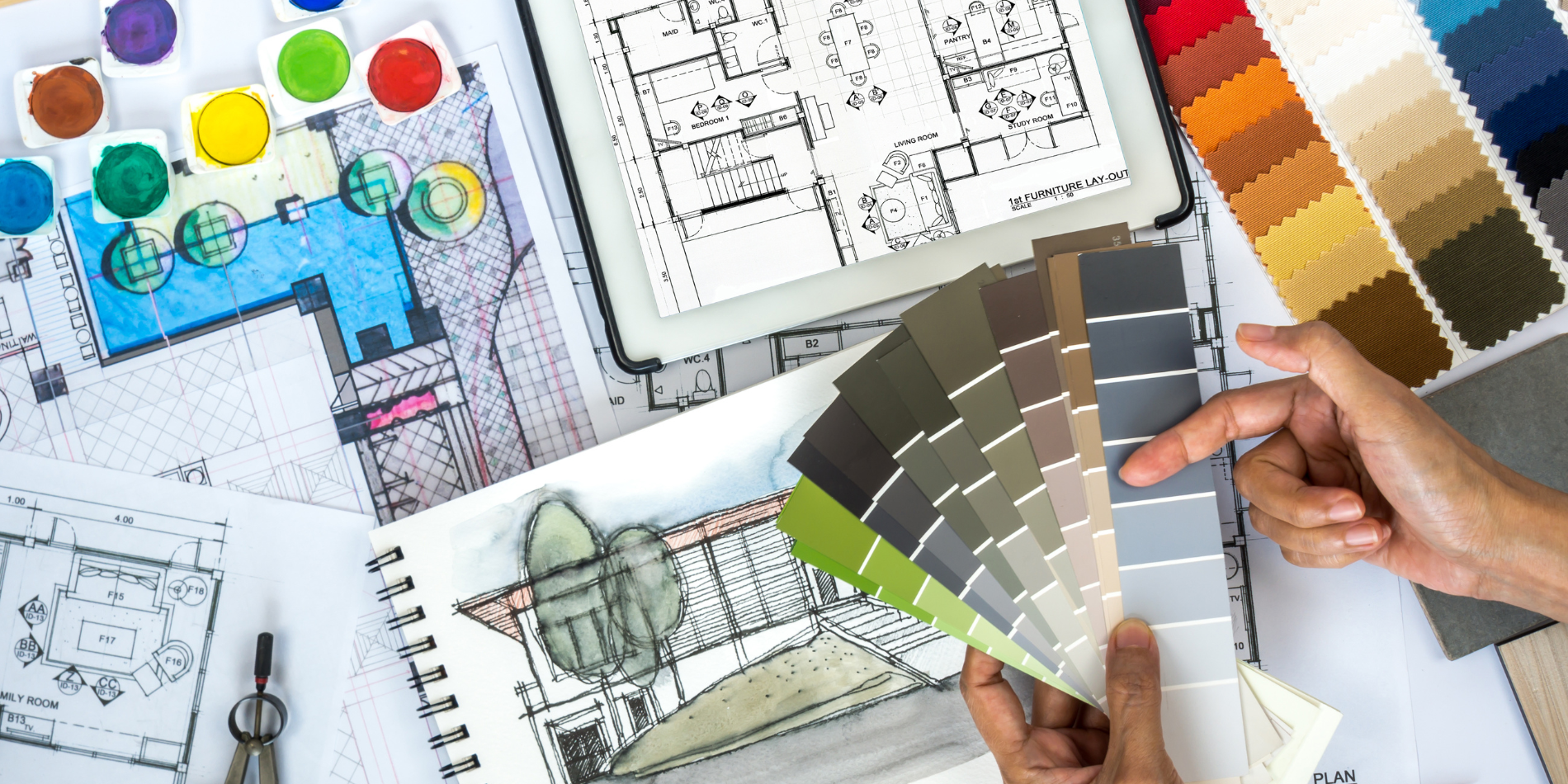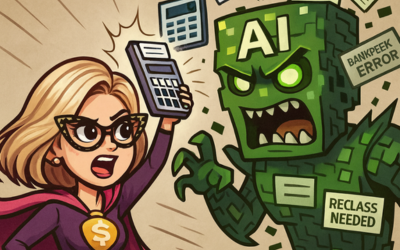&Because your creativity deserves a solid financial foundation.
Running a design business means juggling timelines, sourcing materials, managing client expectations—and still somehow finding time to run the back office. Bookkeeping may not be your favorite part of the job, but it’s essential for long-term growth and peace of mind.
Whether you’re a solo interior designer or a small creative studio, these four foundational bookkeeping tips will help keep your business legit, profitable, and tax-ready.
1. Make Sure You’re Set Up as a Legit Business
Before you send out your first mood board or invoice, take a beat to make sure your business is legally set up. This could mean:
-
Registering your business name (DBA or LLC)
-
Applying for an EIN (even if you’re solo)
-
Getting a local business license or resale certificate (especially if you sell products or pass along trade pricing)
Interior designers often deal with vendor contracts, liability coverage, and local regulations—so don’t skip this part. Bonus: Being set up properly helps you open a business bank account and qualify for wholesale pricing with vendors.
2. Keep Project-Level Financial Records
Design work is highly project-driven. That means your bookkeeping should be too. Don’t lump everything into one giant spreadsheet—track your income and expenses by project. This helps you:
-
See which projects are truly profitable
-
Avoid underbilling for your time or resources
-
Stay on budget with materials and subcontractors
Use tools like Xero Projects, QuickBooks Projects & Classes, or Studio Designer to keep your numbers as clean as your space plans.
3. Stay Transparent With Your Money Flow
Transparency is key—especially when juggling retainers, furniture deposits, markups, and reimbursable expenses. A few rules of thumb:
-
Keep your personal and business accounts separate (always).
-
Record all income, even if it comes via Venmo or check.
-
Track client advances and hold them as liabilities until work is completed.
-
Keep receipts for vendor purchases, trade orders, and client reimbursements.
Clear records protect you during tax season—and make your business look more professional to clients and partners.
4. Set Aside at Least 30% for Taxes (Yes, Really)
Designers are often self-employed or operating as LLCs, which means you’re in charge of your own tax payments. This includes federal, state, and possibly sales tax (depending on your location and whether you sell goods).
The golden rule:
💰 Set aside at least 30% of your income for taxes.
Do it automatically each month. Create a “Tax Savings” account and move a portion of every payment you receive into it. It’s the financial equivalent of moodboarding a rainy day—you’ll thank yourself later.
Final Thoughts
Your business may be built on creativity—but it thrives on structure. By getting your financial systems in order early, you’ll free up more time to design beautiful spaces, wow your clients, and grow a business you love.
Need help organizing your numbers, setting up project tracking, or moving from QuickBooks to Xero? That’s what I’m here for.





